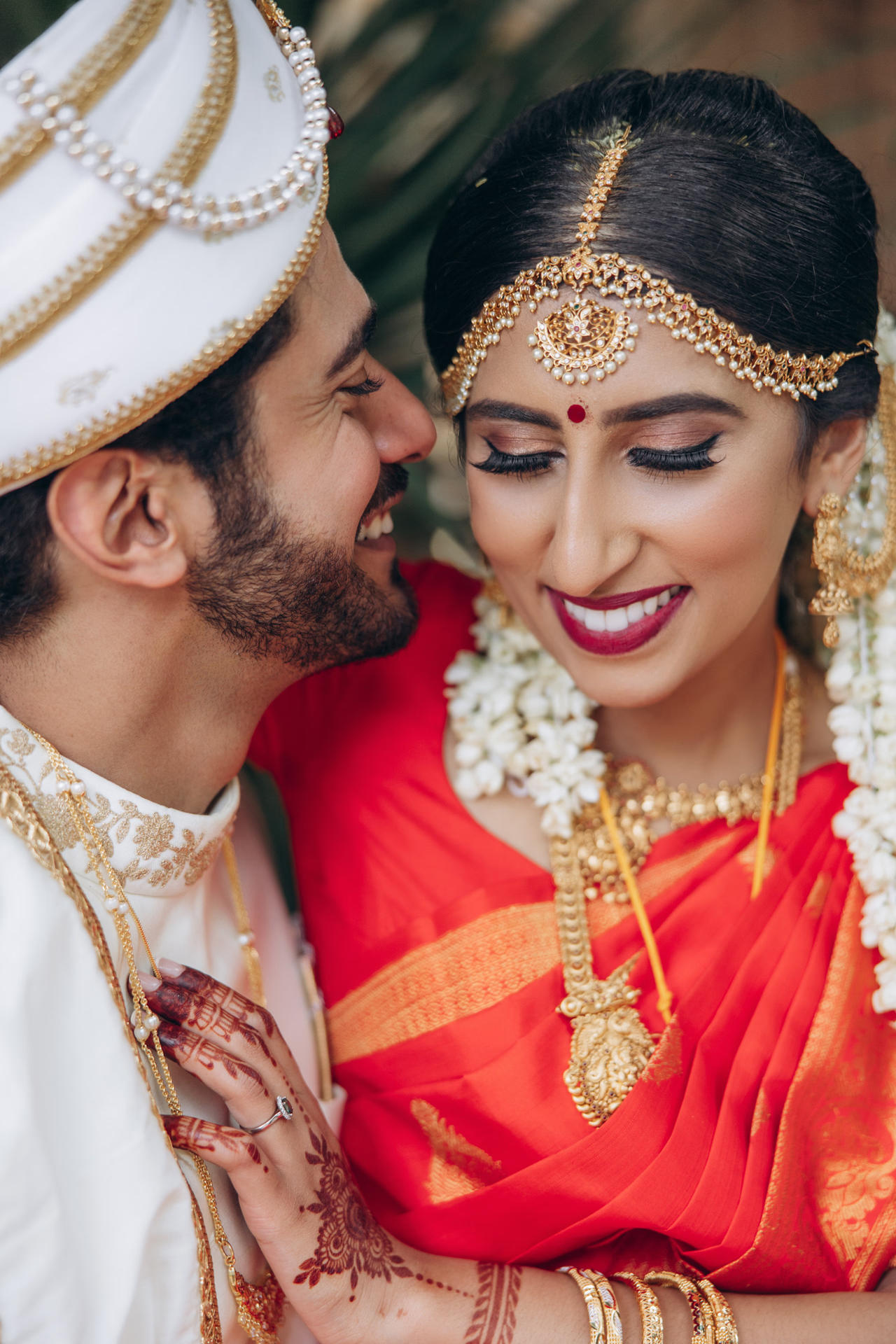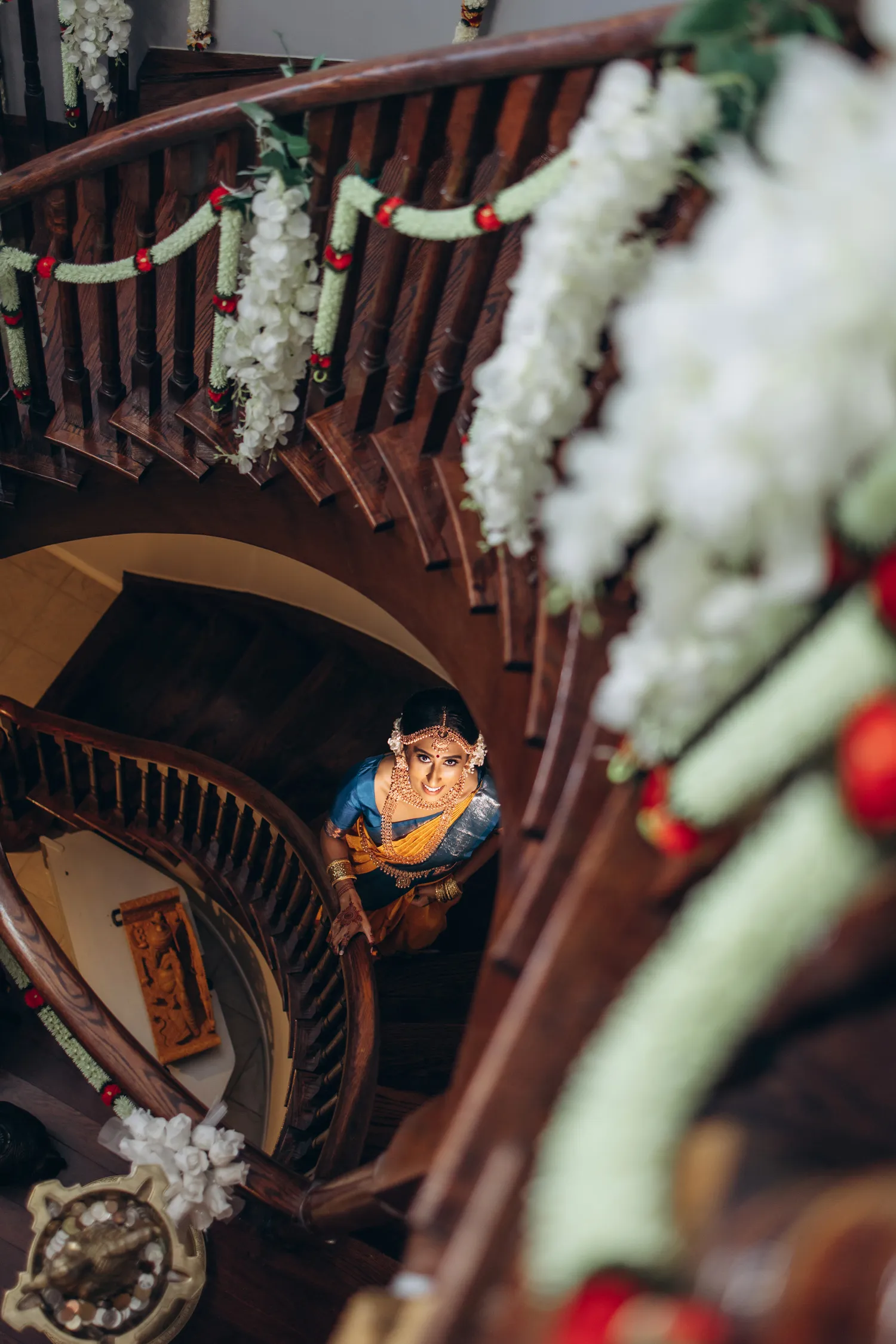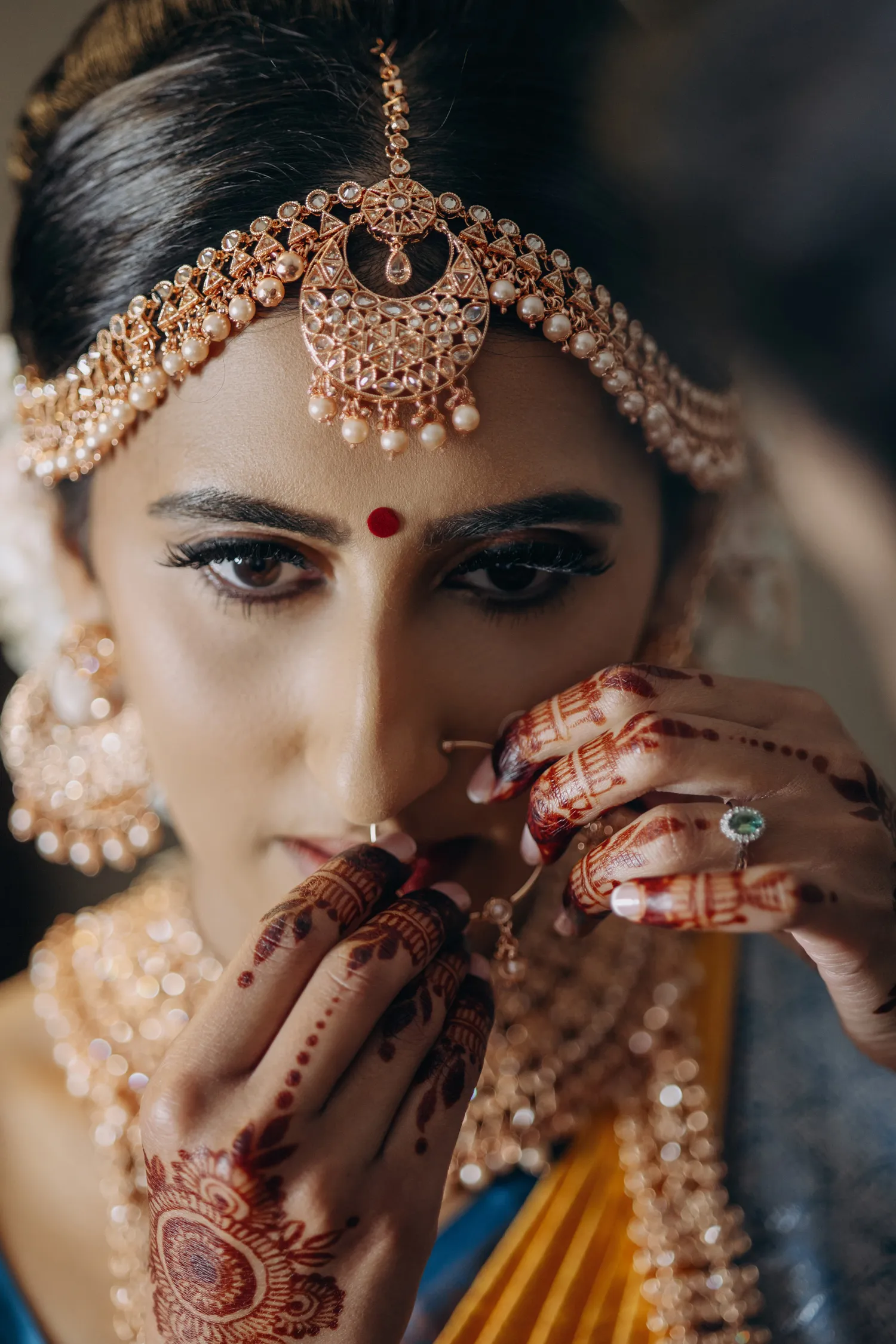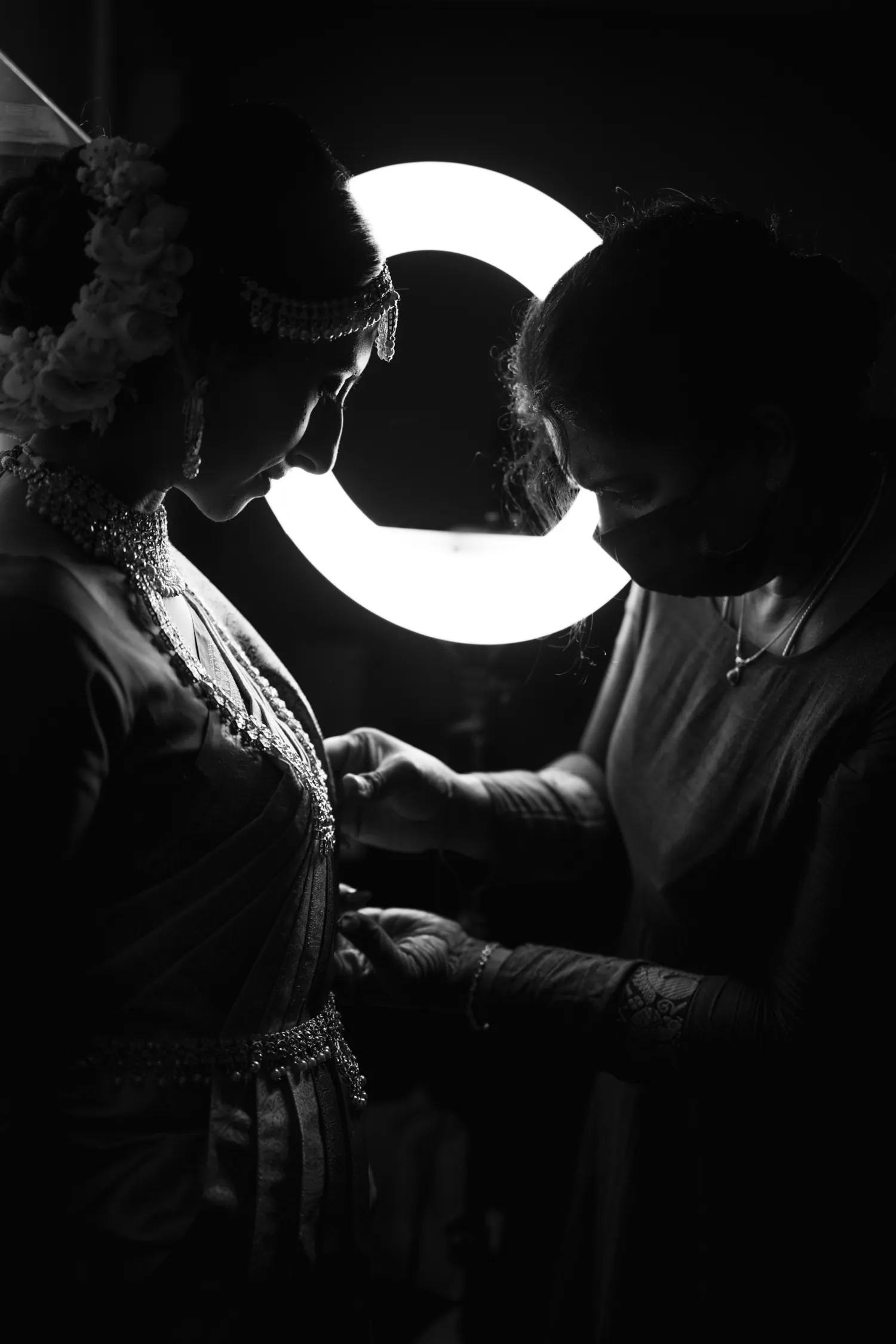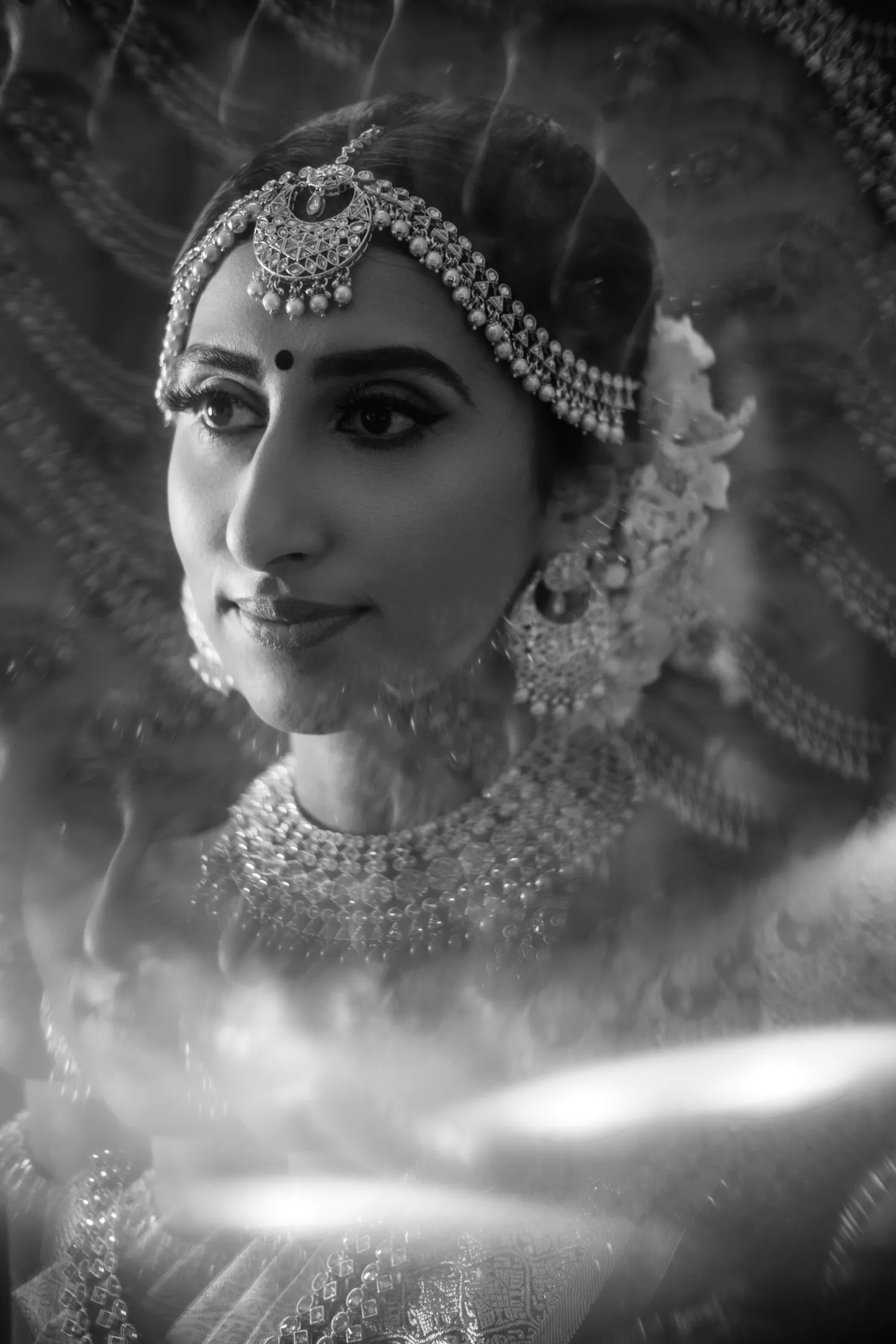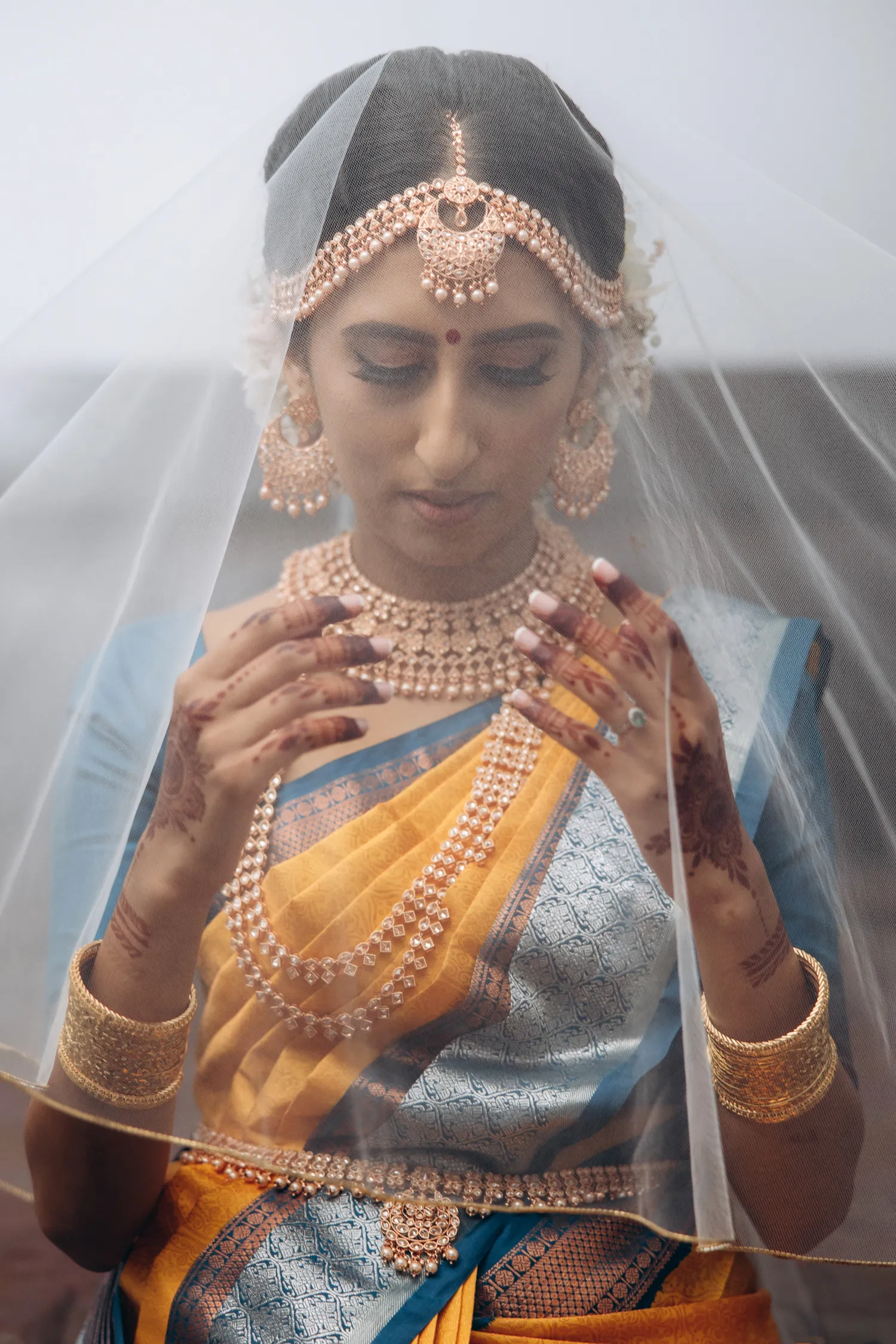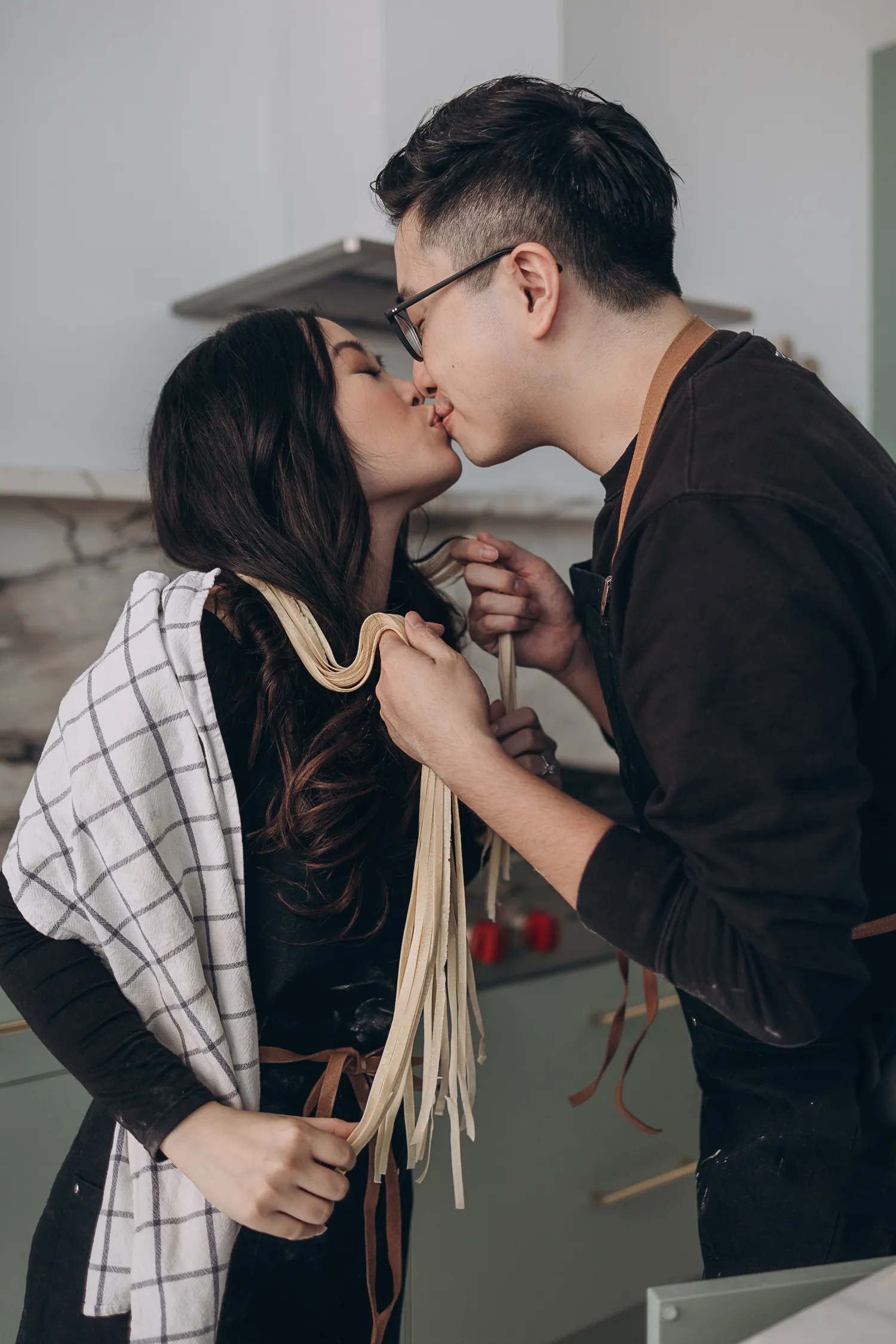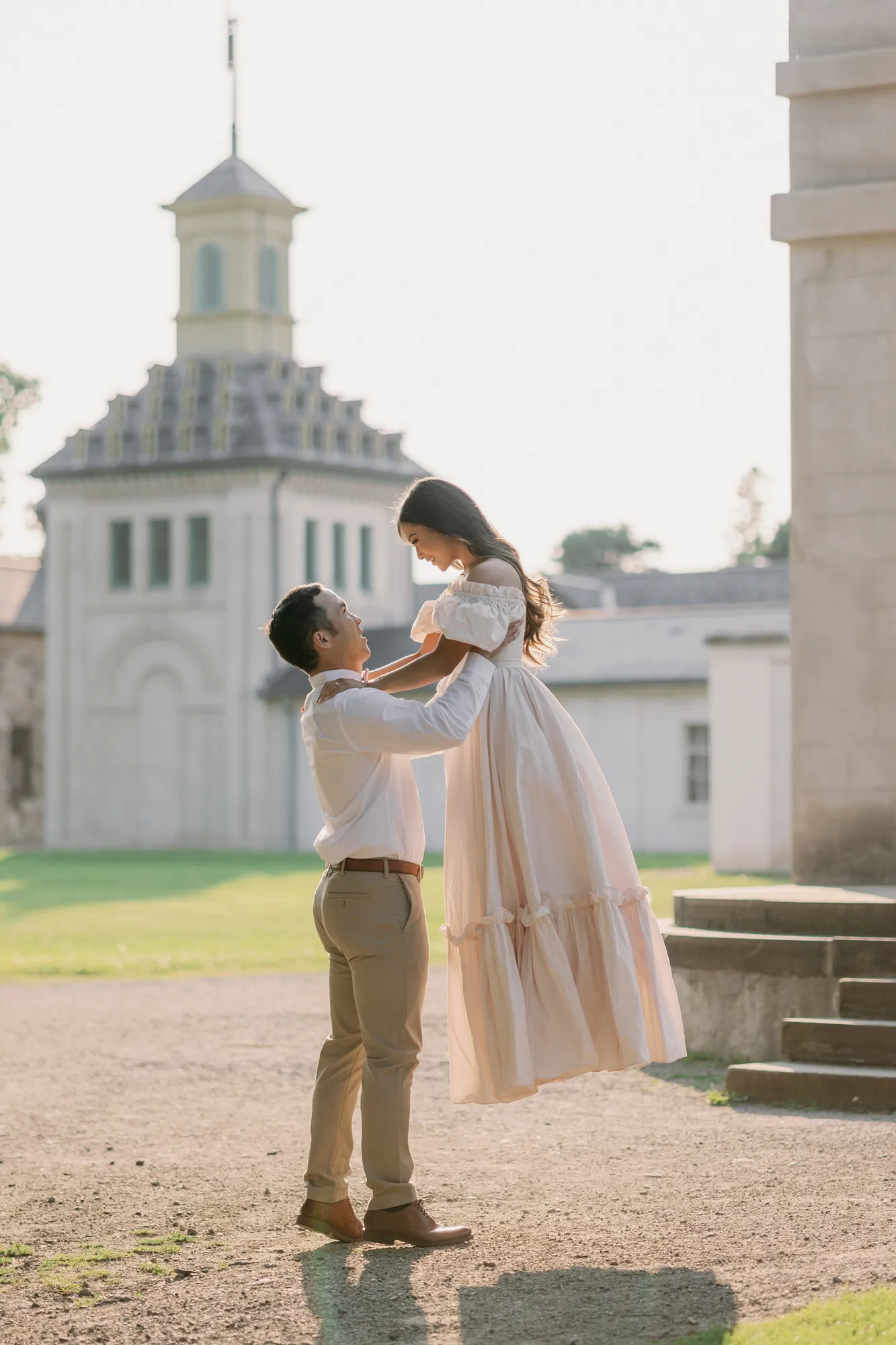
A Tamil Hindu wedding at Madison Greenhouse beautifully united time-honored traditions with the lush elegance of a greenhouse setting, creating a harmonious blend of culture and nature.
There is a quiet, enduring beauty to Tamil weddings - one that blends centuries-old customs with vibrant celebration, rich symbolism, and deep cultural roots.
When these sacred rituals unfold amidst the lush, light-filled surroundings of a greenhouse wedding venue, the result is a striking visual and emotional harmony. This recent Tamil Hindu wedding at the Madison Greenhouse offered precisely that - a setting that celebrated both tradition and nature in equal measure.

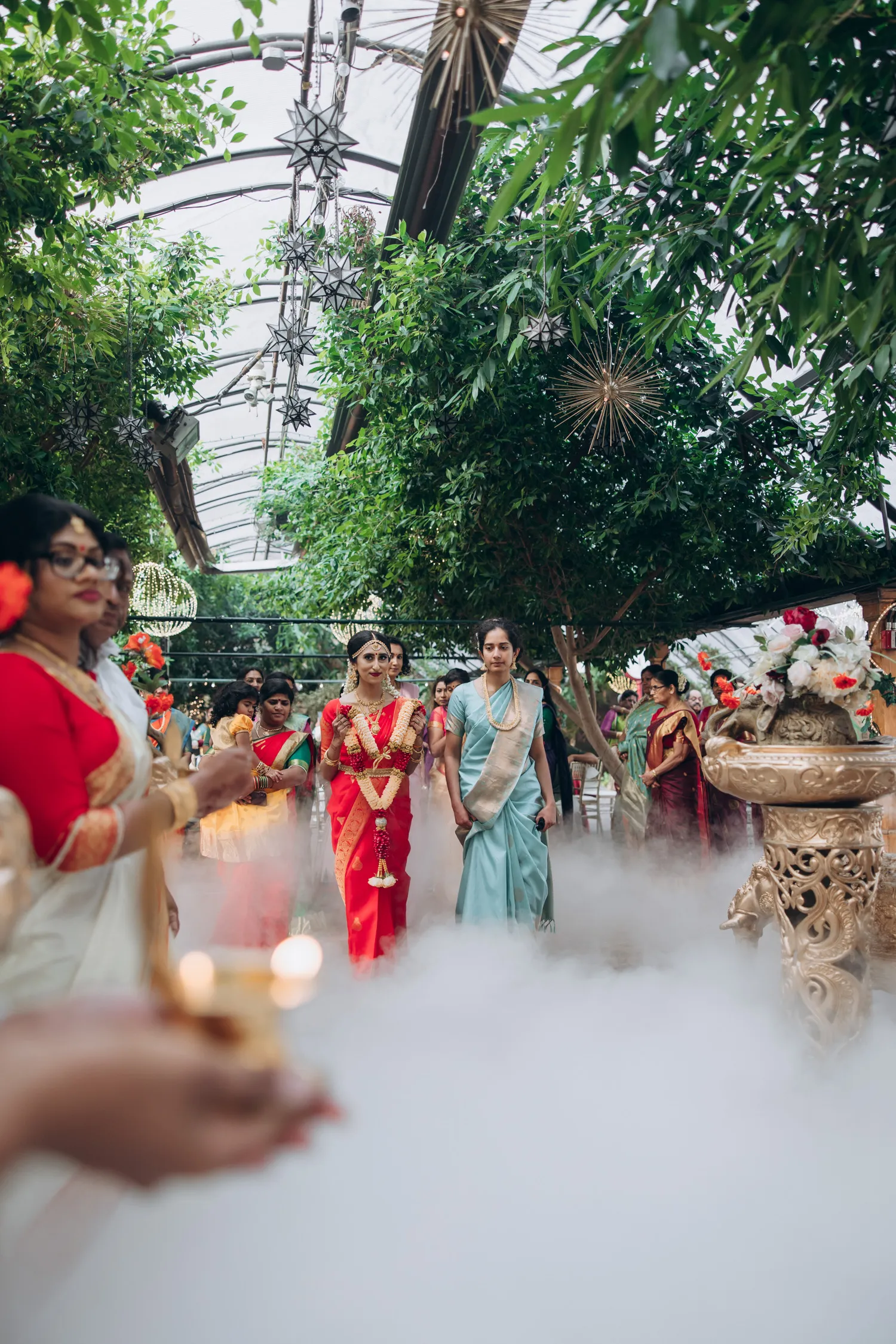
A Tamil wedding is more than a ceremony - it is a sequence of profound rituals steeped in history and meaning.
From the Muhurtham (auspicious time) to the Kanyadaanam (giving away of the bride), and the tying of the thaali, every gesture holds symbolic significance. The vibrant attire, intricate henna, ceremonial fire (Agni), and the rhythmic cadence of nadaswaram music all contribute to the sacred atmosphere. In this celebration, the couple honored traditional Tamil Hindu customs while embracing the elegance of a contemporary greenhouse venue. It was a graceful fusion of heritage and style - something we often see in Tamil weddings in Toronto and beyond.
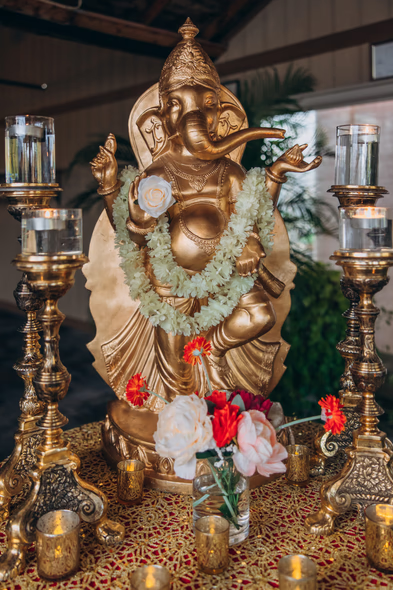
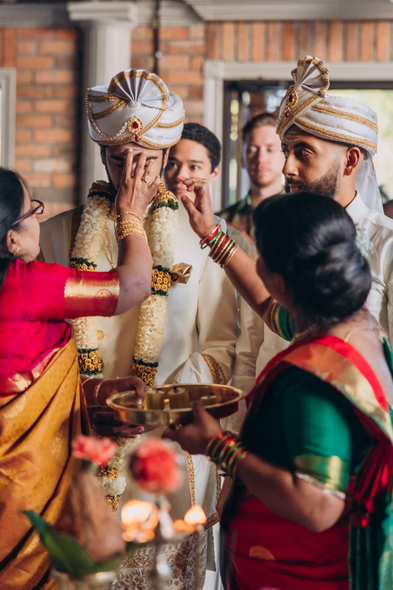

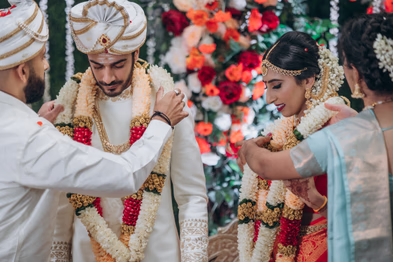

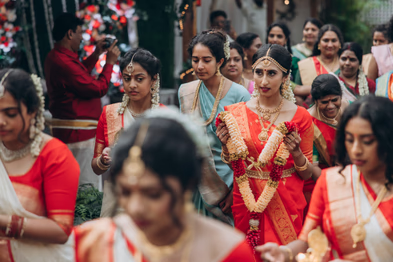
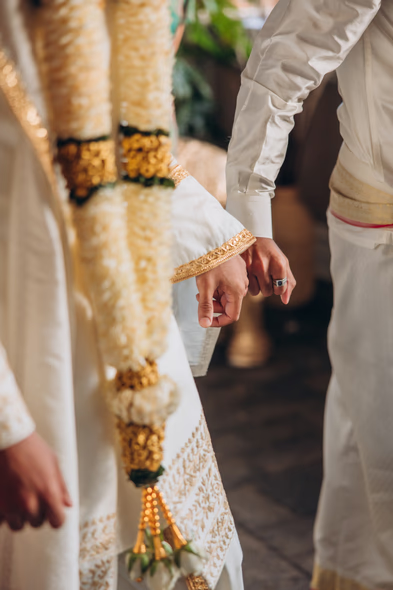

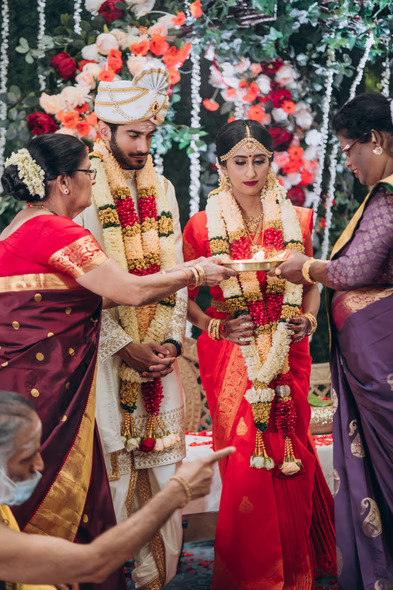
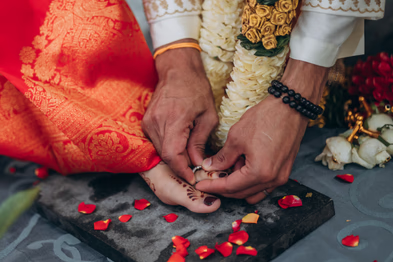

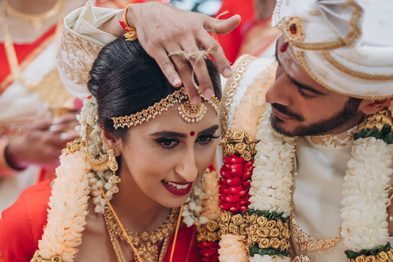
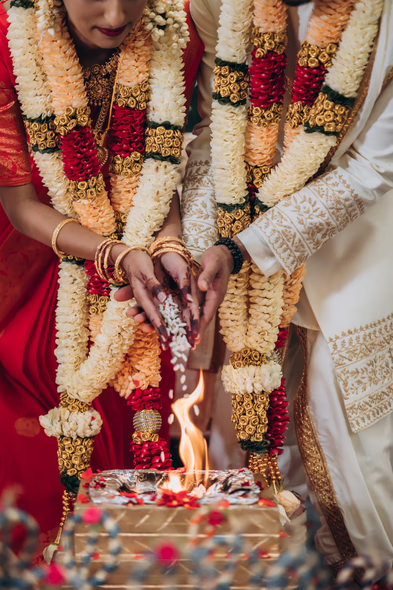


Set in Newmarket, just north of Toronto, Madison Greenhouse is one of Ontario’s most sought-after greenhouse wedding venues. Known for its tropical interiors and abundant natural light, it provides an extraordinary backdrop for wedding photography.
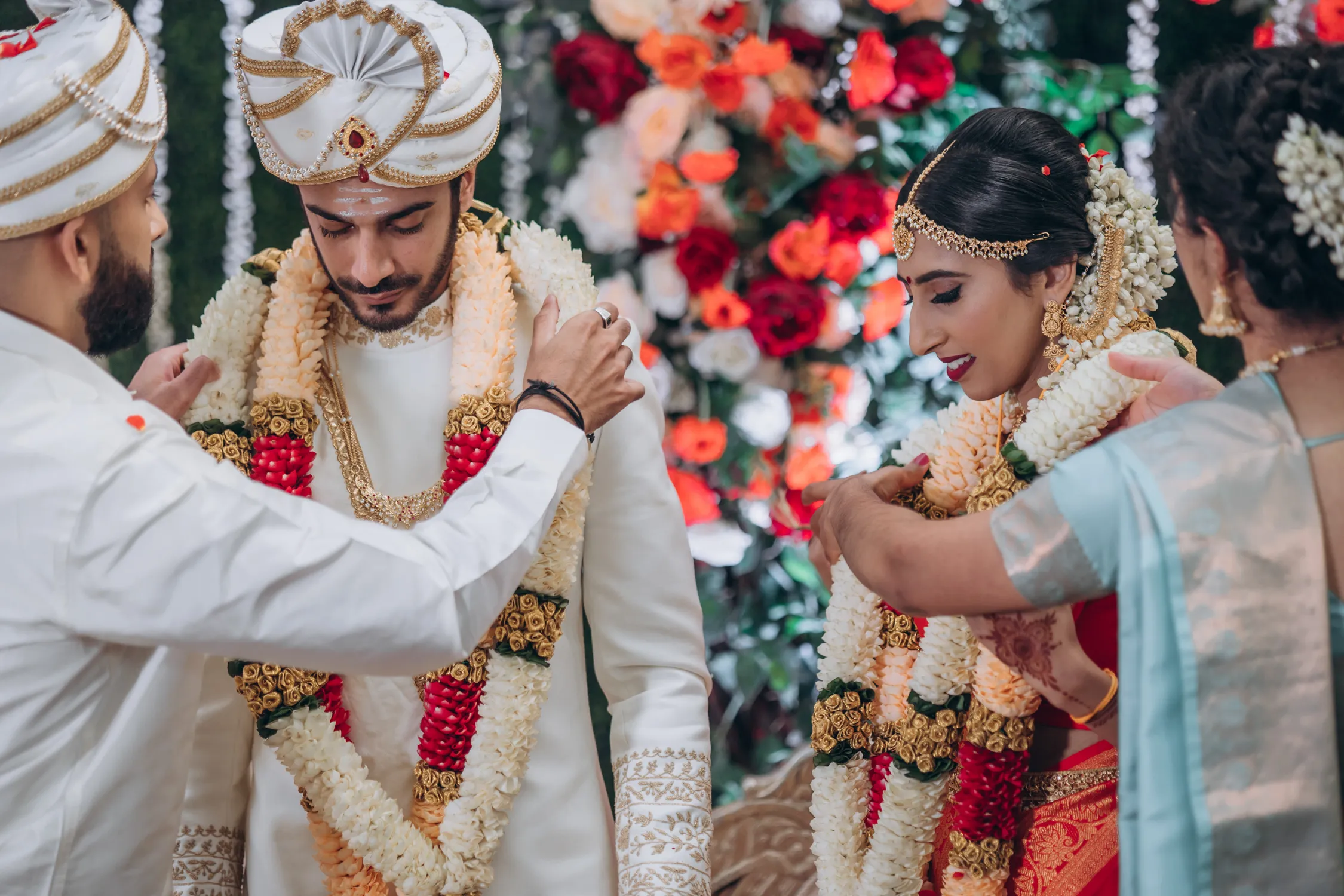
Getting Ready moments
The getting ready moments before a Tamil wedding were filled with quiet anticipation and ceremonial grace. The bride chose a hand-made saree, intricate jewelry, and traditional jasmine garlands, each element carrying deep cultural meaning. As elders offer blessings and final touches are made, the atmosphere becomes one of reverence, beauty, and joyful expectation.
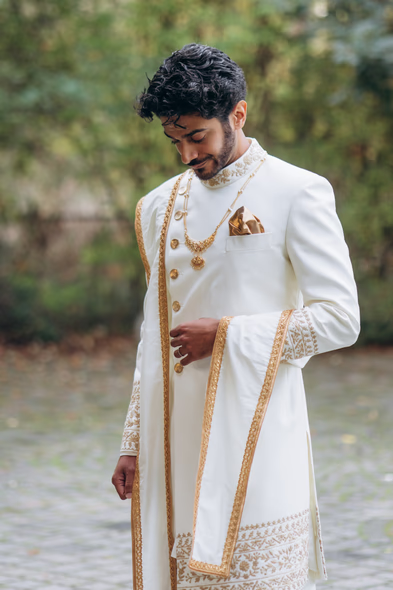
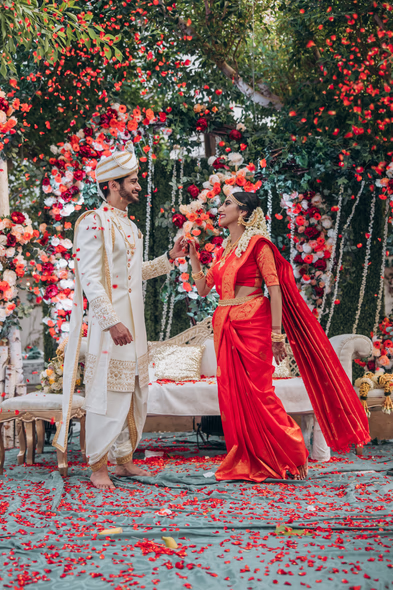
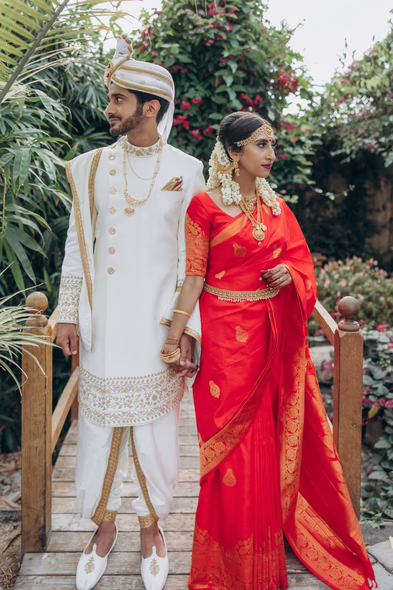
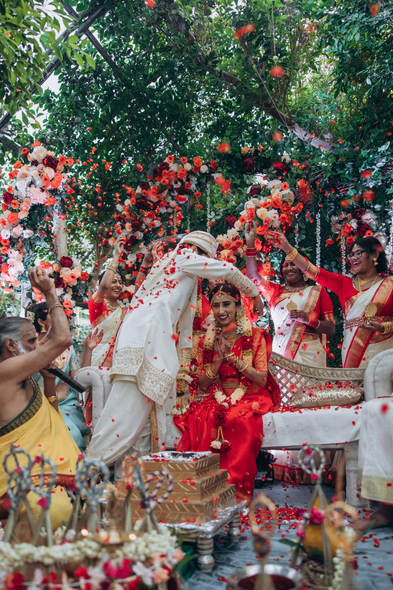

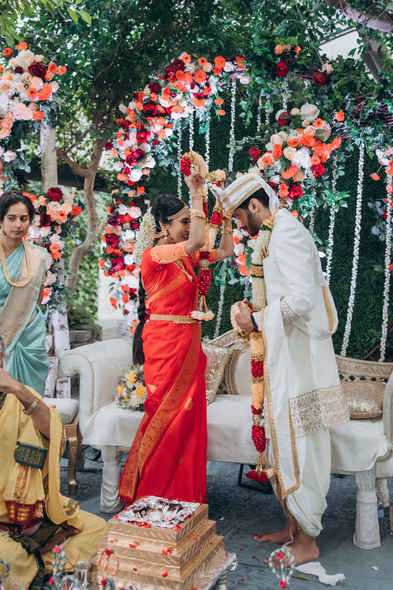
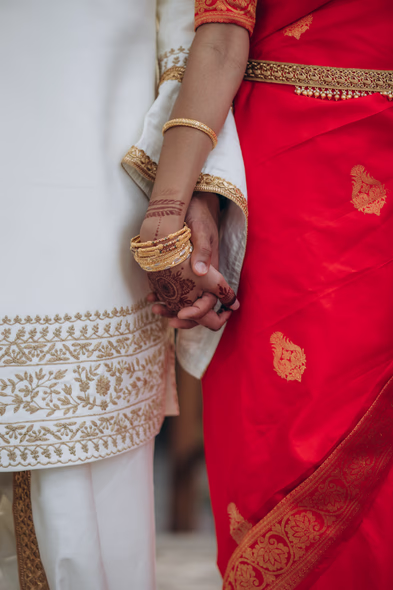
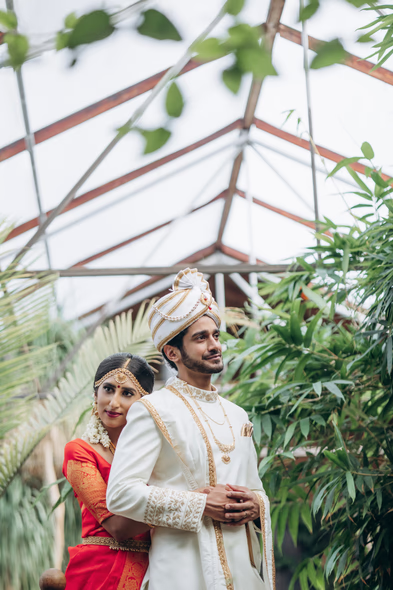
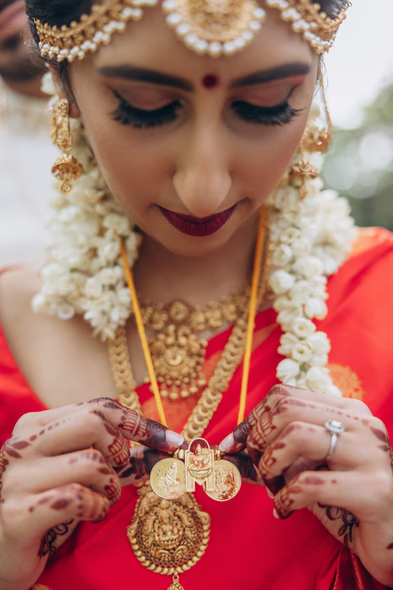
This Madison Greenhouse wedding showcased how beautifully South Asian traditions can integrate with a lush garden aesthetic. With tall palms, flowering plants, and soft filtered light pouring through glass ceilings, every detail of this Tamil Hindu wedding felt elevated and serene.
For those planning a wedding Tamil in style, whether in Toronto or across Ontario, this greenhouse wedding at Madisons Greenhouse offers both inspiration and aspiration. With thoughtful design, cultural integrity, and traditional photography, it becomes a timeless reference for wedding celebrations.
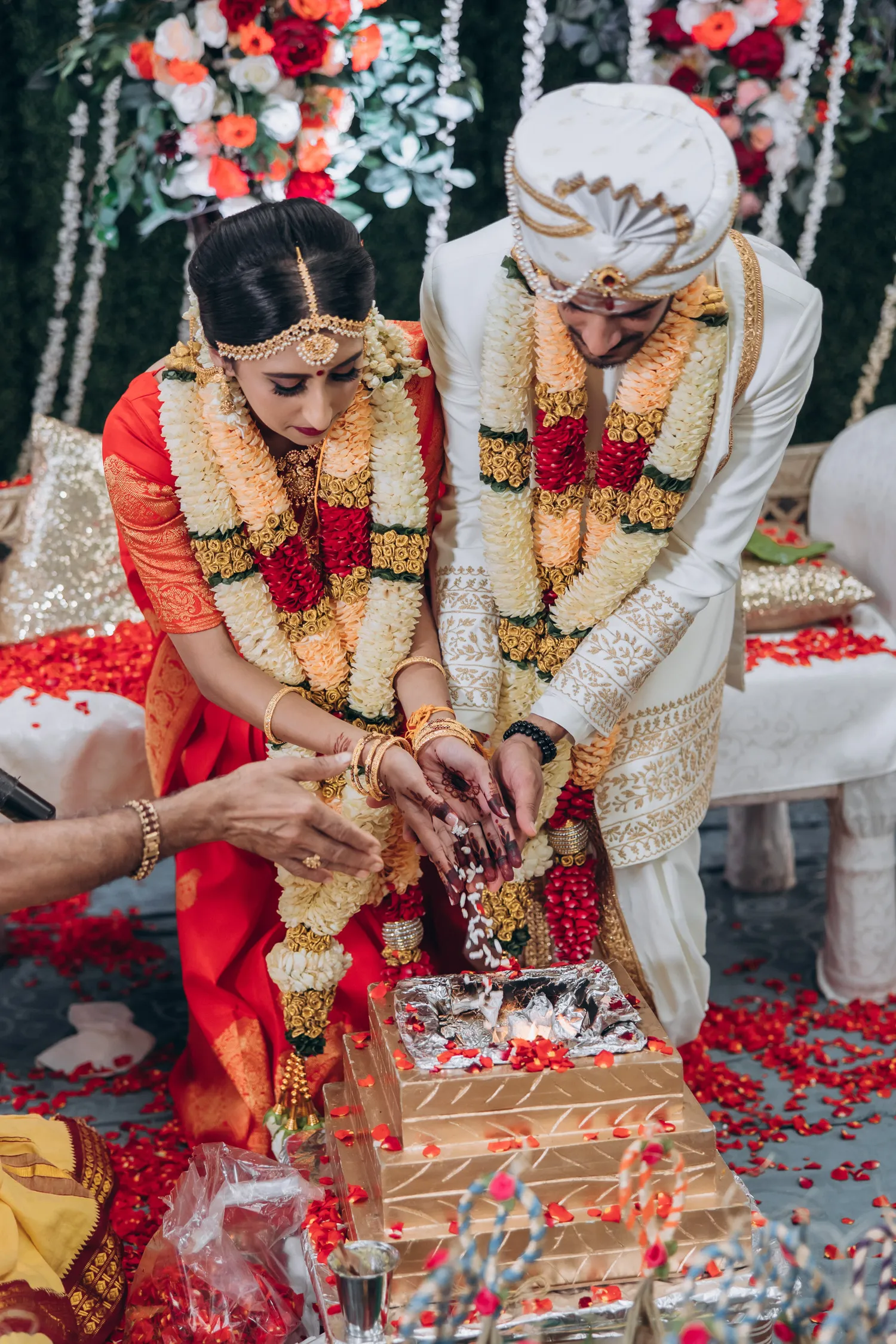
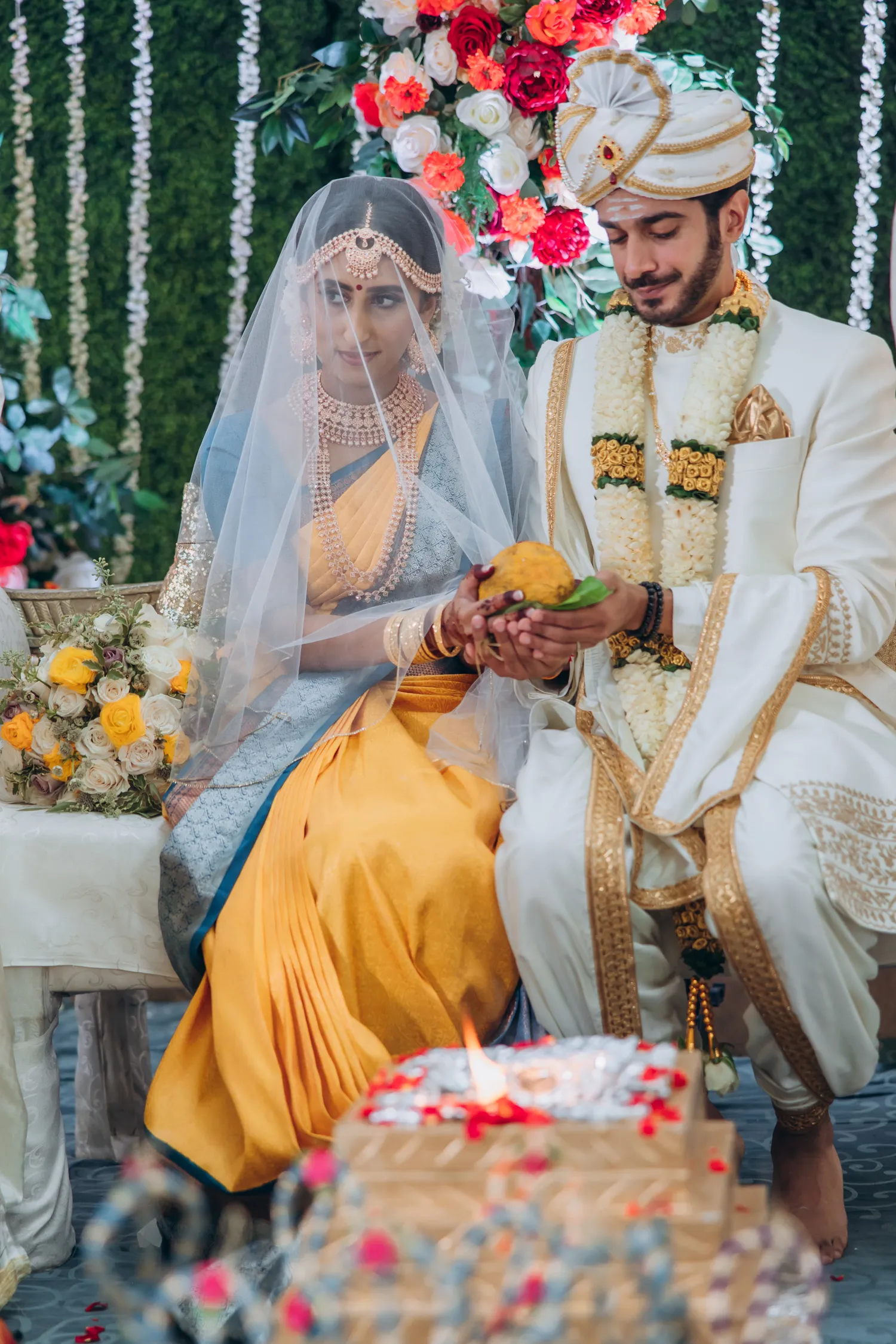
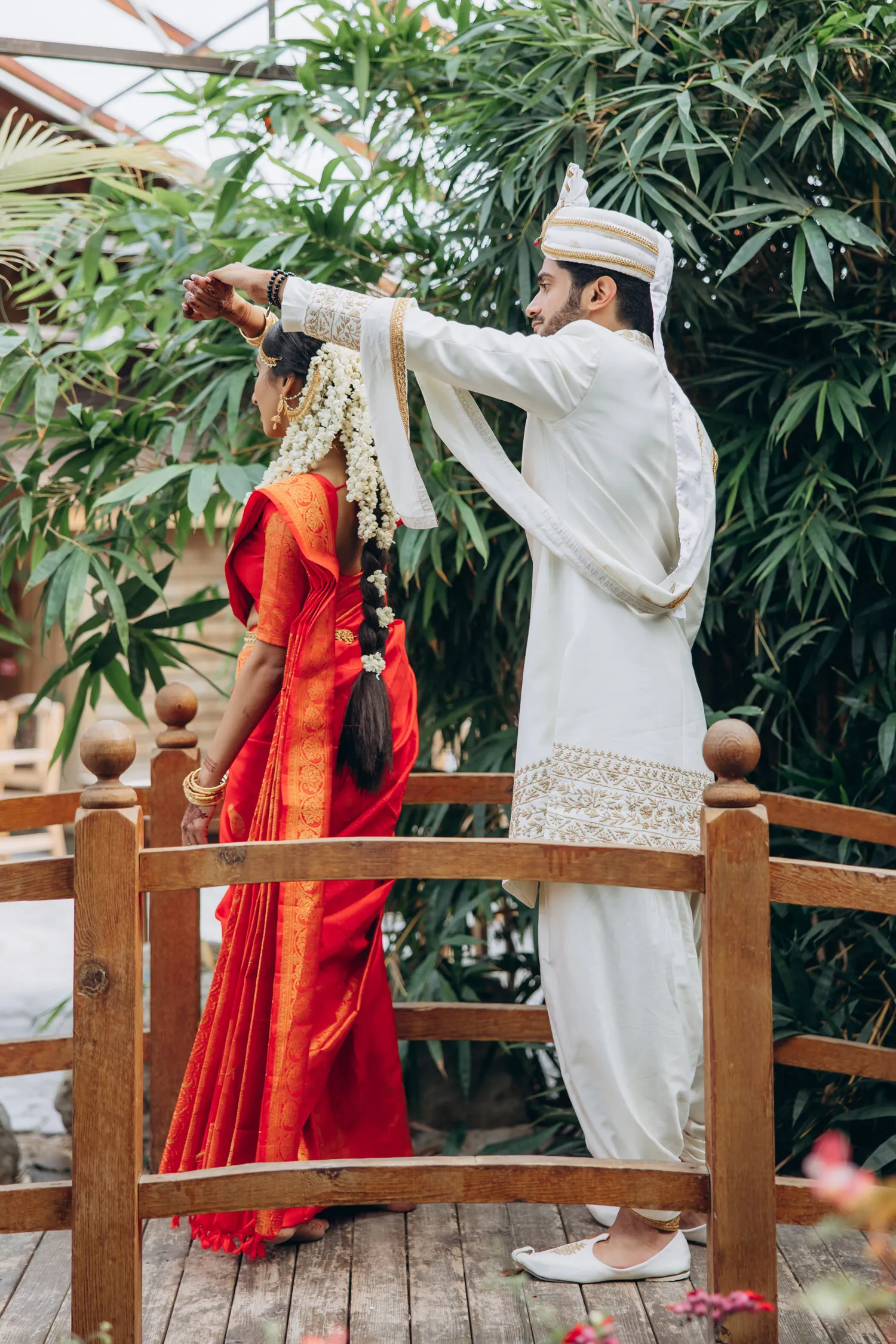
From the bride’s graceful entrance to the ceremonial fire rituals, every frame was infused with emotion and movement. The Madison Greenhouse wedding photos reflect not only the vibrancy of the event but also the elegance of the setting - lush, warm, and ever so timeless.


Vendors
PHOTOGRAPHY: ASTORA STUDIO
VIDEOGRAPHY: BLI.NC
CEREMONY PLACE: MADISON GREENHOUSE
RECEPTION VENUE: MADISON GREENHOUSE
SAREE: VIVAAHA TORONTO
DJ: DJ.KOW
HMUA: PURE BEAUTY BY LATHA
FLORAL: ALEKSANDRA.AND.CO
PLANNING: ALEKSANDRA.AND.CO
